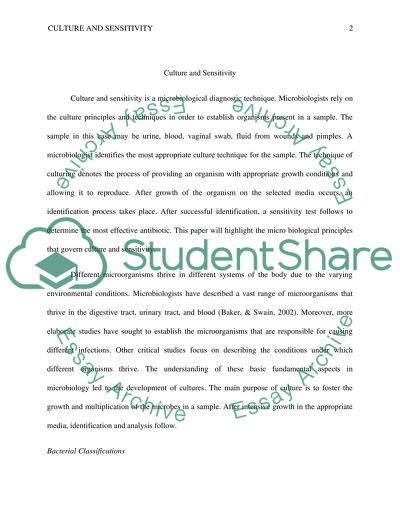Cite this document
(“District Laboratory Practice in Tropical Countries Essay”, n.d.)
District Laboratory Practice in Tropical Countries Essay. Retrieved from https://studentshare.org/health-sciences-medicine/1468872-microbiology-culture-and-sensitivity
District Laboratory Practice in Tropical Countries Essay. Retrieved from https://studentshare.org/health-sciences-medicine/1468872-microbiology-culture-and-sensitivity
(District Laboratory Practice in Tropical Countries Essay)
District Laboratory Practice in Tropical Countries Essay. https://studentshare.org/health-sciences-medicine/1468872-microbiology-culture-and-sensitivity.
District Laboratory Practice in Tropical Countries Essay. https://studentshare.org/health-sciences-medicine/1468872-microbiology-culture-and-sensitivity.
“District Laboratory Practice in Tropical Countries Essay”, n.d. https://studentshare.org/health-sciences-medicine/1468872-microbiology-culture-and-sensitivity.


